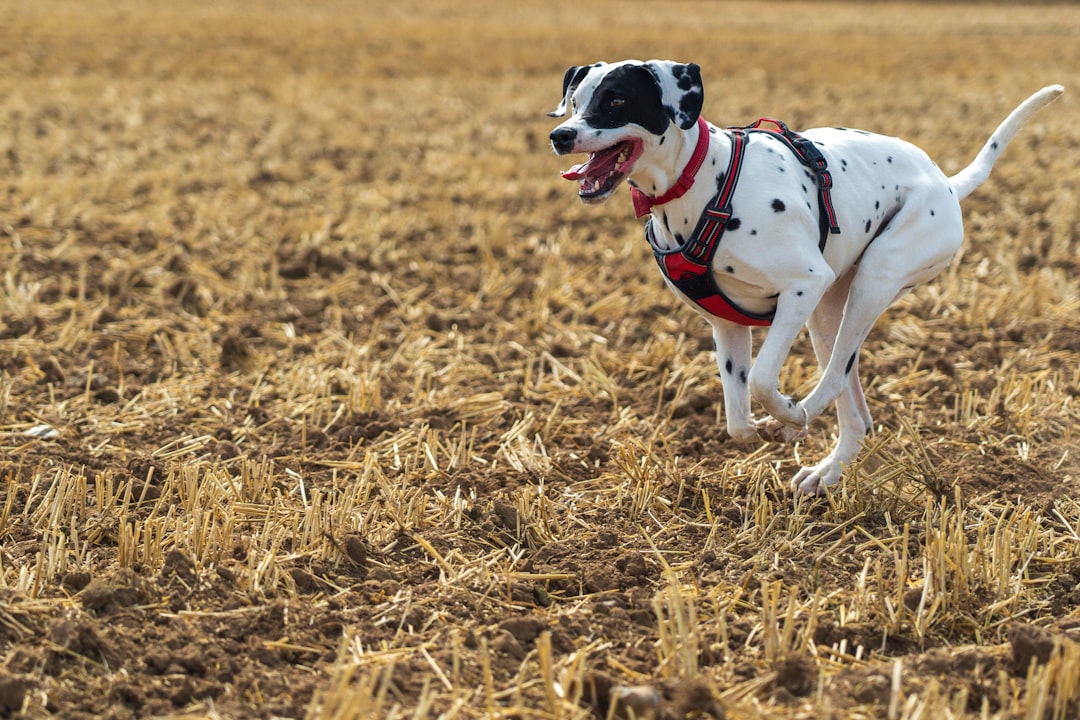Improving Canine Health: The Role of Exercise in Managing Diabetes
This article explores the significance of exercise for dogs with diabetes, including its role in managing blood glucose levels, recommended types of exercise, precautions, timing, monitoring, and tips for safely exercising diabetic dogs.
Introduction: The Significance of Exercise for Dogs with Diabetes
Exercise is a vital component in the management of diabetes in dogs, offering a range of benefits that contribute to their overall health and well-being. By improving insulin sensitivity, regulating blood glucose levels, and promoting a healthy body weight, regular physical activity plays a crucial role in managing diabetes in dogs. Additionally, exercise can enhance the quality of life for diabetic dogs, providing mental stimulation and physical fitness.
Understanding the positive impact of exercise on diabetic dogs is essential for owners looking to provide comprehensive care for their pets. Through a tailored exercise regimen, diabetic dogs can experience improved glucose regulation, better insulin response, and overall better management of their condition. By incorporating exercise into the daily routine of diabetic dogs, owners can help them lead healthier and happier lives.
 Understanding the Importance of Exercise for Dogs with Diabetes
Understanding the Importance of Exercise for Dogs with Diabetes
Physical exercise is beneficial for diabetic dogs as it can lead to lower blood glucose levels, improving glucose regulation. Maintaining a consistent exercise routine is crucial for diabetic dogs to avoid insulin peak times and rapid fluctuations in blood glucose levels. Dogs with diabetes can benefit from exercise by better reacting to insulin and managing their blood glucose levels effectively.
An example of why exercise is important for diabetic dogs is that it can help regulate their blood glucose levels, making them more responsive to insulin and aiding in the management of their condition.
Recommended Types of Exercise for Dogs with Diabetes
For dogs with diabetes, walks are a popular and effective form of exercise, offering a low-impact way to stay active and maintain physical fitness. Gradually increasing the duration and intensity of walks over time can help diabetic dogs adjust to the exercise routine and ensure safe blood glucose levels during physical activity. Monitoring blood glucose levels before, during, and after exercise is crucial for understanding the impact of physical activity on diabetic dogs and adjusting their management plan accordingly.
An example of a recommended exercise for a diabetic dog is taking them on a daily 30-minute walk.
Precautions and Considerations for Exercising Diabetic Dogs
It is important for diabetic dogs to avoid engaging in high-energy activities when experiencing low glucose levels to prevent health risks and ensure their safety. Owners should be prepared with a safety pack containing fast-acting carbohydrates and a glucose test kit when exercising with a diabetic dog to address any immediate needs and prevent complications. By understanding their dog’s behavior patterns during exercise, owners can effectively manage diabetes and ensure a positive experience for their furry companions.
An illustration of a precaution when exercising a diabetic dog is to avoid sudden high-energy activities that could lead to rapid fluctuations in blood glucose levels, potentially causing health issues.
Tips for Safely Exercising Diabetic Dogs
Providing a small treat if blood glucose levels drop after a walk can help stabilize levels and prevent hypoglycemia. Carrying essential supplies and treats in a “walk kit” during walks ensures owners are prepared for emergencies and can address any immediate needs. Regular testing, exercising, and re-testing help owners understand the impact of exercise on blood glucose levels and make informed decisions.
An example of a tip for safely exercising a diabetic dog is to carry a “walk kit” with essential supplies, including fast-acting carbohydrates and a glucose test kit, to address any emergencies that may arise during physical activity.
Integrating Exercise into the Overall Management of Diabetes in Dogs
Exercise is a critical component in managing canine diabetes, complementing insulin therapy and a proper diet for comprehensive care. Maintaining a regular exercise routine can prevent and mitigate the effects of diabetes in dogs, improving their overall health and well-being. Properly integrating exercise into the diabetes management plan can lead to better outcomes and a higher quality of life for dogs with diabetes.
By incorporating exercise into the overall management plan for diabetic dogs, owners can help their pets lead healthier lives and effectively manage their condition for improved well-being and quality of life.



